




Our musculoskeletal system is a group of organs and tissues that support and enable movement in our body. It comprises of bursae, cartilage, ligaments, tendons, muscles, bones, joints, cartilage, and synovial fluid.
The importance of our bones and joints in our day-to-day life is not unknown. Maintaining a good bone and joint health are crucial for various reasons, including preventing further illnesses or conditions that could harm our health or shorten our lives and improving our happiness, self-esteem, independence, quality of life, and mental and physical health.
Any issues in our bones and joints can affect the musculoskeletal system and cause havoc in our daily life. In this article, we will provide a detailed understanding of our musculoskeletal system and discuss some ways through which you can maintain your bone and joint health.
Let us start from the very basics and understand the different components of our musculoskeletal system.
Bone and joint health matters due to various reasons:
Your musculoskeletal system may experience a variety of bone and joint issues. Let us take a look at a few common ones:
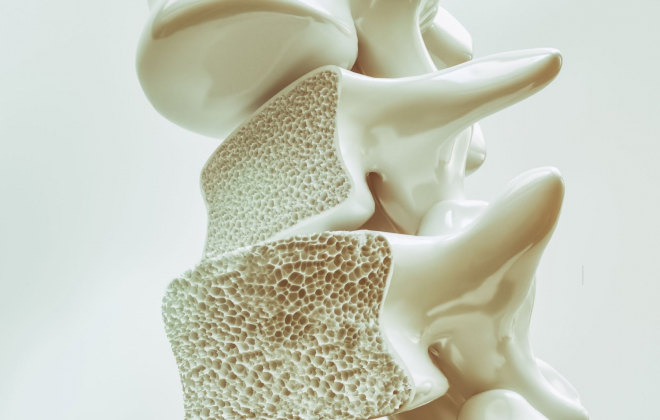
The bones become brittle and porous due to a disorder called osteoporosis. It can affect any bone, mostly the hip, wrist or spine. It happens when the body loses or makes too little bone. Many factors can cause it, such as age, sex, family history, menopause, low weight, smoking, poor diet, lack of exercise and some diseases and drugs.
A bone mineral density test can diagnose it by measuring your bone amount. It can be treated with drugs that stop bone loss or boost bone density and calcium and vitamin D supplements.
Arthritis is a group of ailments that can inflame or harm joints. It can be of different kinds such as:
In addition to reducing a joint’s range of motion, arthritis can produce pain, swelling, stiffness, redness, warmth, and other symptoms.

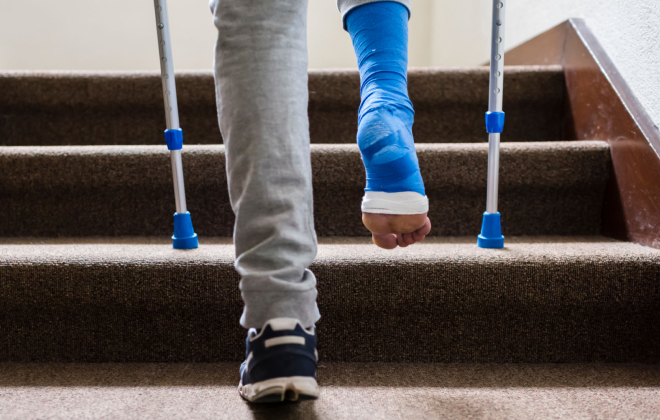
The term “fracture” refers to any bone break or crack caused by trauma, overuse of bones, or disease. It can cause pain, bleeding, bruising, swelling, deformity, and reduced function. Fractures can be simple (bone stays inside the skin) or complex (bone pierces the skin).
They can also be comminuted (bone shatters into pieces), greenstick (bone bends and cracks partially), or stress (bone develops tiny cracks from repeated stress).
Infections occur when germs invade and multiply in the musculoskeletal system. They can enter through a wound, surgery, a foreign object, blood, or a nearby infection. Infections can cause symptoms such as pain, fever, chills, redness, swelling, pus, and reduced function.
It can affect different parts of the musculoskeletal system, such as the joints (septic arthritis), the bones (osteomyelitis), the bursae (septic bursitis), or the skin and soft tissues (cellulitis).
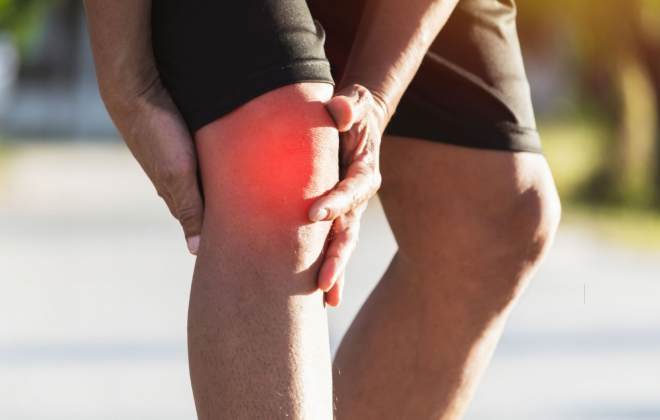
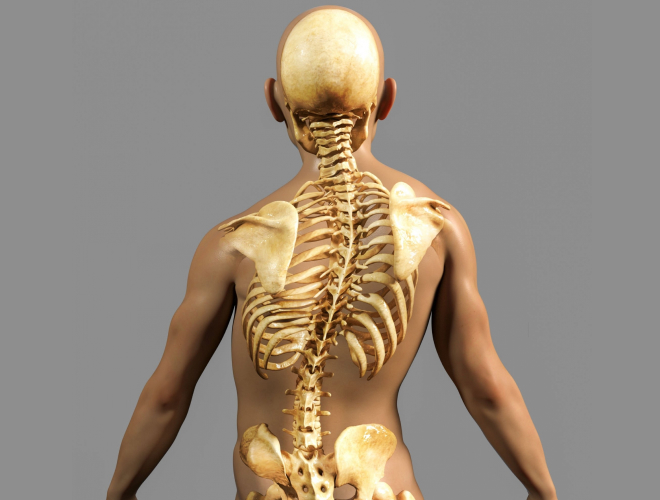
Deformities are abnormal shapes or positions of the bones, joints, or muscles that can be congenital (exist at birth) or acquired (develop later in life). Various factors, such as genes, development, trauma, disease, infection, tumour, or ageing, can cause them. Some examples of deformities in the musculoskeletal system are:
Maintaining the health of your bones and joints requires a holistic approach. Here are the things that you need to take care of:
Three nutrients can strengthen our bones and joints – Vitamin D, calcium, and protein. Calcium helps build and maintain strong bones. Vitamin D aids in the body’s calcium absorption and regulates bone growth. Protein helps grow and repair muscles and other tissues.
Magnesium, phosphorus, zinc, copper, manganese, vitamin C, vitamin K, vitamin B12, and folate are also crucial for bone and joint health. These nutrients are available in dairy products, green leafy vegetables, fish, eggs, nuts, seeds, beans, lentils, whole grains, fruits, and fortified foods.
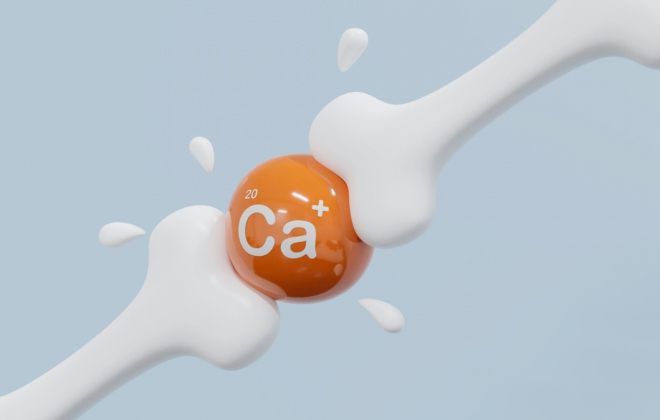
Apart from this, regular, moderate exercise can benefit your bones, muscles, joints, and overall health. Exercise can help:
Some of the exercises that are good for bone and joint health are:

Smoking and drinking can harm your bones and joints. It can make your bones weaker and more likely to break, which can increase the chances of osteoporosis. It can also affect your blood flow and increase the risk of infection. Smoking can also worsen your arthritis by causing more pain and swelling.
Drinking can make it harder for your body to assimilate nutrients such as calcium and vitamin D, negatively affecting bone strength and health. It can also worsen your arthritis by triggering more pain and inflammation.
Being overweight or obese can make your bones weaker and more prone to osteoporosis. It can also strain your joints and increase your chance of getting arthritis. Obesity affects your balance and coordination, thus increasing the changes of bone breakage.
Being overweight weakens your immune system, making you prone to infections. Keeping a healthy weight and body mass index (BMI) can help reduce the stress and pressure on your bones and joints.
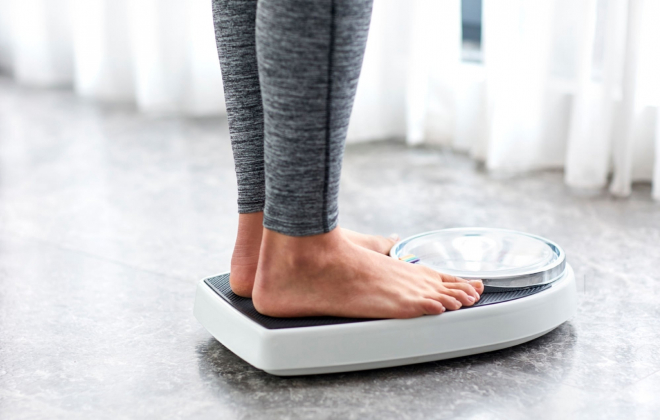
Protecting your bones and joints from accidents and injuries is an important aspect of maintaining bone and joint health. Ensure you’re using appropriate safety gear such as helmets, pads, gloves, shoes, etc., especially when you engage in sports or activities that can hurt you. Follow safety rules and tips, such as wearing seat belts, using handrails, avoiding slippery surfaces and others when you do daily activities that can cause accidents. If you have any symptoms or signs of injury, such as pain, swelling, bruising, bleeding, deformity, or reduced function, see a doctor immediately.
Visit your doctor regularly for your bone and joint health. Your doctor can help you check your bone and joint condition and if he finds any problems, he will give you medicines or treatments, suggest supplements or therapies, monitor your progress or challenges, and provide referrals or resources. He will also help you to prevent or manage other diseases, such as diabetes, thyroid issues, kidney problems and others that can affect your bones and joints.
Hormones are chemicals that control various body processes and functions, including bone and joint growth, maintenance, and healing. Hormones can affect bone and joint health positively or negatively, depending on their type, level, and balance.
Let us take a look at some hormones that are important for healthy bones and joints:
Oestrogen is the female sex hormone that helps bone growth and prevents bone loss. It also reduces joint pain and inflammation. After menopause, oestrogen levels drop, which makes women more prone to osteoporosis and arthritis. Some natural sources of oestrogen are soy products, flax seeds, sesame seeds, and plants like red clover and black cohosh.
Oestrogen replacement therapy (ERT) can help restore oestrogen levels and protect bone and joint health, but it can also cause breast cancer and blood clots. Therefore, ERT should be used carefully and under a doctor’s guidance.
Testosterone, the male sex hormone, helps strengthen bones and muscles. It also reduces joint pain and inflammation. Men with low testosterone levels are more prone to osteoporosis and arthritis, as they age. Some natural sources of testosterone are zinc-rich foods like oysters, steak, pumpkin seeds, and almonds; vitamin D-rich foods like fatty fish, egg yolks, and mushrooms; and herbs like Tribulus Terrestrosin or fenugreek.
Testosterone replacement therapy (TRT) can increase testosterone levels and protect bone and joint health. However, TRT has risks or side effects, such as prostate cancer and heart problems. Therefore, TRT should be used carefully and with a doctor’s guidance.
This hormone helps bones and muscles grow during childhood and adolescence. It also keeps bones healthy and heals tissues in adults. Bones and joints can suffer from low growth hormone levels as people age. Natural ways to boost growth hormone levels are exercise, rest, fasting, amino acids (such as arginine or glutamine), and herbs like ashwagandha or ginseng.
Growth hormone therapy (GHT) can raise growth hormone levels and protect bone and joint health, but it also has some risks or side effects, such as diabetes and carpal tunnel syndrome. Therefore, people should use GHT carefully and with a doctor’s advice.
These hormones regulate metabolism and bone resorption. Too much or too little thyroid hormone can harm bones and joints: hyperthyroidism causes bone loss and increases fracture risk; hypothyroidism slows bone formation and worsens arthritis. You can gain a deeper understanding of thyroid related disorders from our article Thyroid Diseases Demystified: A Comprehensive Guide to Understanding Symptoms, Diagnosis, and Treatment.
Some natural ways to improve thyroid function are having iodine-rich foods like seaweed, salt, and dairy products, selenium-rich foods like Brazil nuts, tuna, and eggs, and herbs like bladder wrack or bugleweed.
Thyroid hormone therapy (THT) can balance thyroid hormone and protect bone and joint health, but it also has some risks, such as weight gain or heart palpitations. Therefore, THT should be used wisely and with a doctor’s advice.
Other hormones affecting bone and joint health are parathyroid, vitamin D, cortisol, insulin, and leptin. There are natural and pharmaceutical methods to balance them.

The musculoskeletal system is vital for our health and well-being, as it enables us to move, function, and enjoy life. However, numerous things might impact a person’s bones and joints, such as ageing, genetics, lifestyle, diet, injuries, infections, and diseases. Some of the common bone and joint conditions are osteoporosis, arthritis, gout, bursitis, tendinitis, sprains, strains, fractures, infections, deformities, chronic pain, and disability.
To prevent or treat these problems and preserve our bone and joint health, we should follow some basic tips and suggestions, such as getting sufficient vitamin D and calcium intake, frequent exercise, quitting smoking, and alcohol consumption, maintaining a healthy weight, preventing falls and injuries, and seeking medical attention when needed. Caring for our bones and joints can improve our quality of life and longevity.
Spread the love, follow us on our social media channels